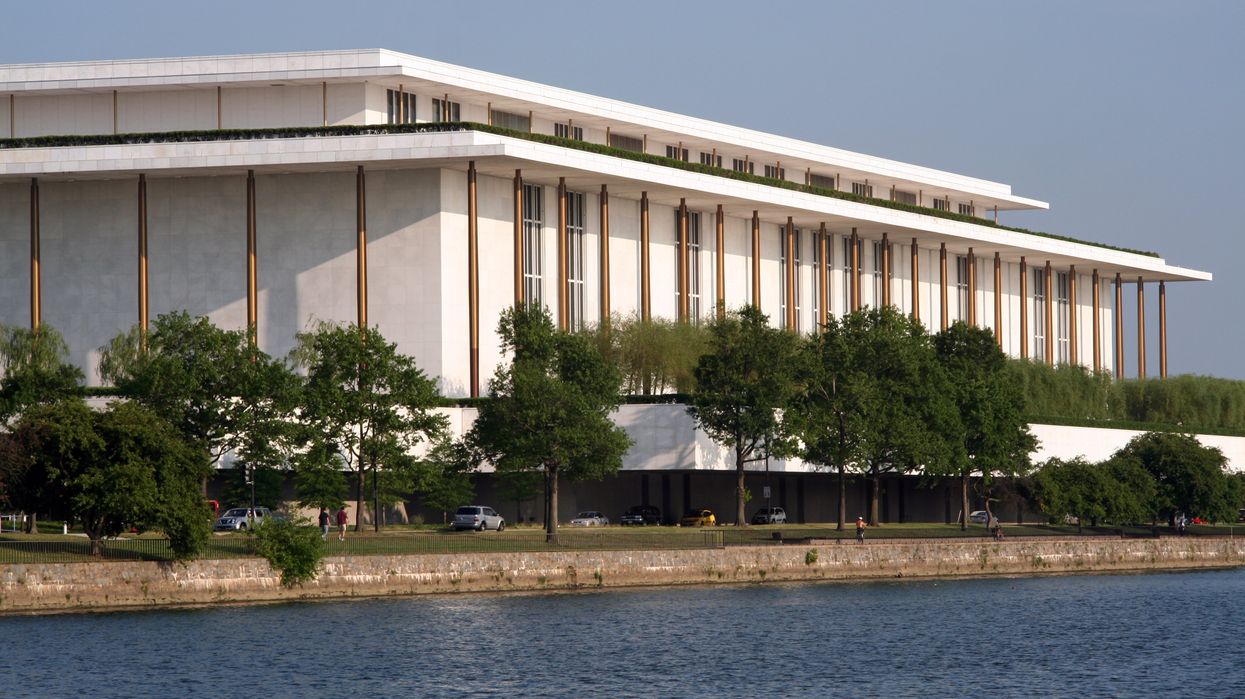Huiyan Li
WASHINGTON – During a House Energy and Commerce Committee hearing on April 9, Democratic representatives repeatedly raised concerns that President Trump’s new tariffs and attempts to repeal the Inflation Reduction Act would harm U.S. competitiveness in artificial intelligence (AI).
“Republicans constantly talk about winning the AI race, but the actions they’re taking may appear as if they're purposely trying to lose that race,” said Rep. Frank Pallone Jr. (D-N.J.).
The U.S. remains at the forefront of foundational AI research, largely driven by its innovative tech industry and ability to draw top talent from around the world. However, experts cautioned that this lead is fragile and the gap is closing.
The January release of the Chinese AI startup DeepSeek’s R1 Model challenged the U.S.'s long-standing dominance in AI development, as the model rivals the most recent American reasoning models at only a fraction of the cost.
Eric Schmidt, former Google CEO and chair of the Special Competitive Studies Project, stated that outcompeting China is not only an economic goal, but also a strategic imperative for America to “preserve American economic dynamism, military superiority, and global influence.”
Pallone, the ranking member of the committee, stated that Trump’s tariffs would increase the cost of materials the U.S. needs for the AI competition, such as steel and aluminum.
Starting last month, the Trump administration imposed a 25% tariff on imports of steel and aluminum products from all countries, restoring Section 232 of the US Trade Expansion Act of 1962.
Higher material costs could drive up expenses for building data centers and the transmission infrastructure that supplies electricity to them. The experts said these facilities are essential, and more should be built to advance AI.
Tariffs are already affecting AI-related industries. U.S. memory chipmaker Micron Technology announced on Tuesday that it would raise prices on some products starting Thursday due to President Trump’s new tariffs.
Manish Bhatia, executive vice president of global operations at Micron, was also on the witness panel. When Rep. Diana DeGette (D-Colo.) asked him about the price increases, he responded vaguely, saying, “Tariffs are an evolving situation.”
David Turk, a former deputy secretary of the Department of Energy under the Biden administration, stated that the tariffs imposed by President Trump introduced an immense amount of uncertainty that could deter near-term investment in powering AI.
“Folks who are planning data centers want certainty. They want stability of policy so they can plan on the floor. Tariffs are absolutely the worst if you want to bring on additional data and additional energy for data centers,” said Turk.
Turk added that Trump’s pledge to repeal the Inflation Reduction Act, which provides tax incentives, grants, and loans for clean energy, could discourage energy investment and drive costs even higher.
“We also need to be honest with ourselves right now. The quickest power, the most affordable power to bring onto our grids, including for data centers, is renewables and storage,” said Turk.
In 2025, the U.S. Energy Information Administration projected that 93% of new electricity capacity additions would come from renewable sources (solar and wind) and energy storage.
As the U.S. prioritizes meeting the surging energy demand driven by AI, Turk said it was the wrong time to make it more expensive to bring new electricity online, urging Congress to retain these important tax grants and loan tools.
Some Republicans disagreed.
“We are not going to do it with renewables because we just don’t have the time to build all you have to build out, including the transmission lines,” Rep. Gary Palmer (R-Ala.) said.
Palmer noted that a significant number of power generation facilities in the U.S. were shuttered and dismantled; however, the transmission lines from those facilities still remain. He suggested that the quickest way to meet energy demand would be to deploy small modular reactors that can be plugged into the existing transmission infrastructure.
Schmidt, former CEO of Google, agreed that small modular reactors could be a good solution. However, he stressed that none exist yet in America, and under the current regulatory structure, it could take 12 years to get one approved.
“We need a new program around much faster permitting for safer and safer fission and fusion nuclear SMRs as the correct path,” said Schmidt.
Huiyan Li is a reporter for Medill News Service covering business & technology. She is a journalism graduate student at Northwestern University specializing in politics, policy, and foreign affairs.




















